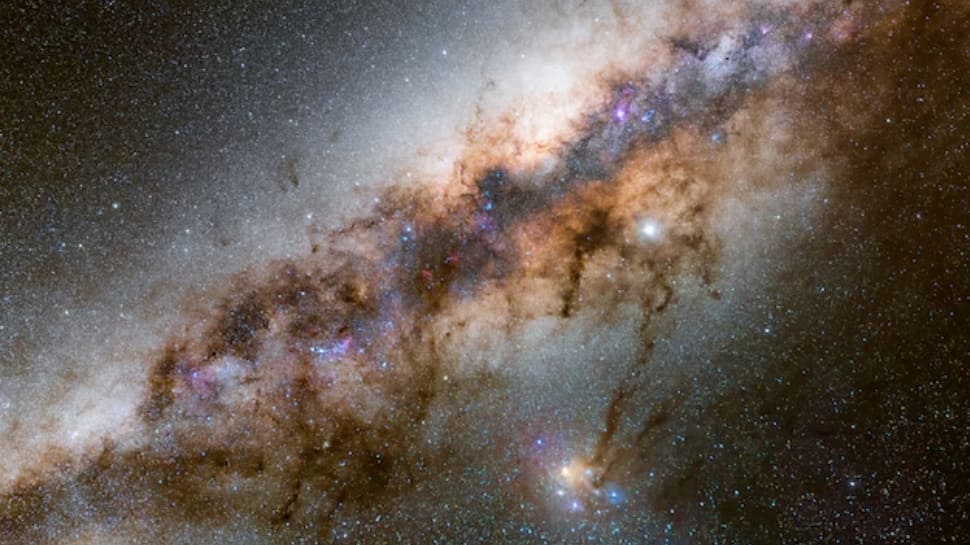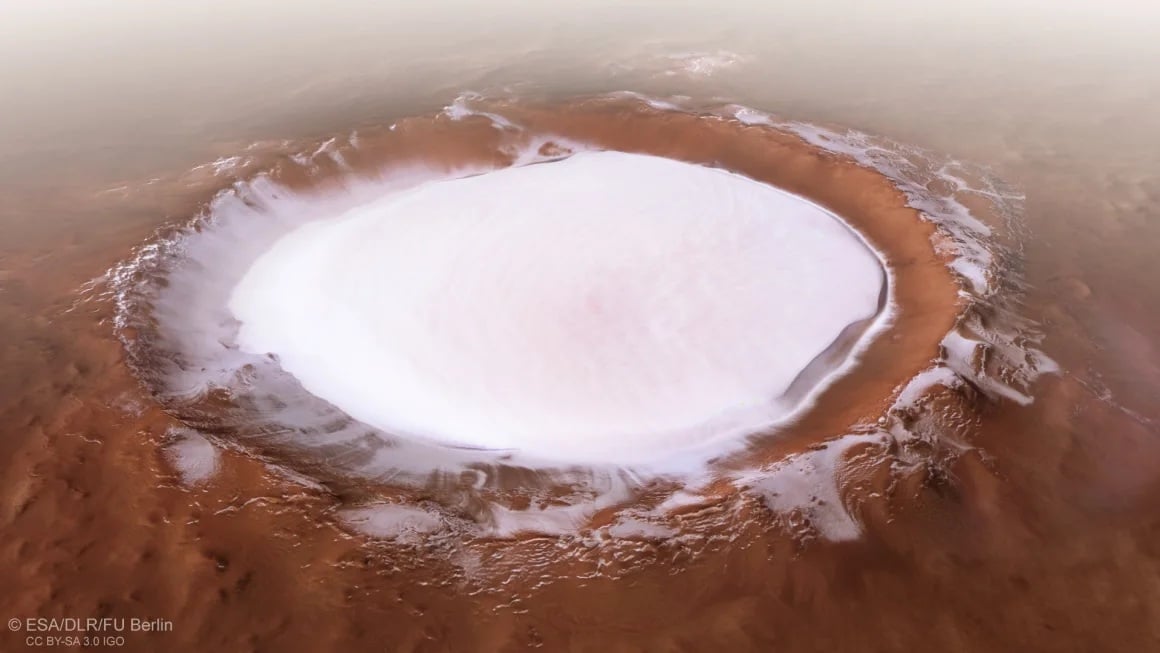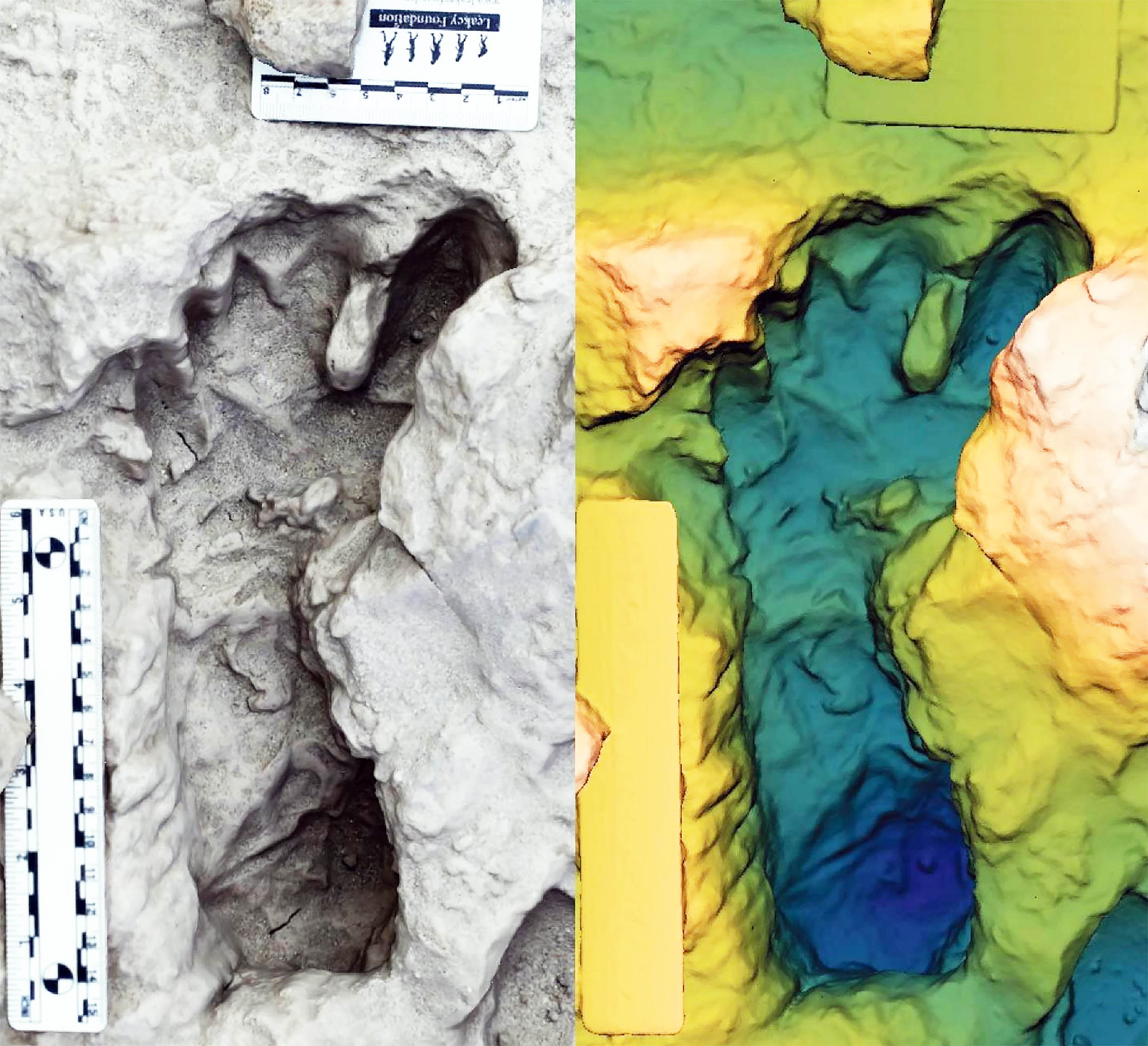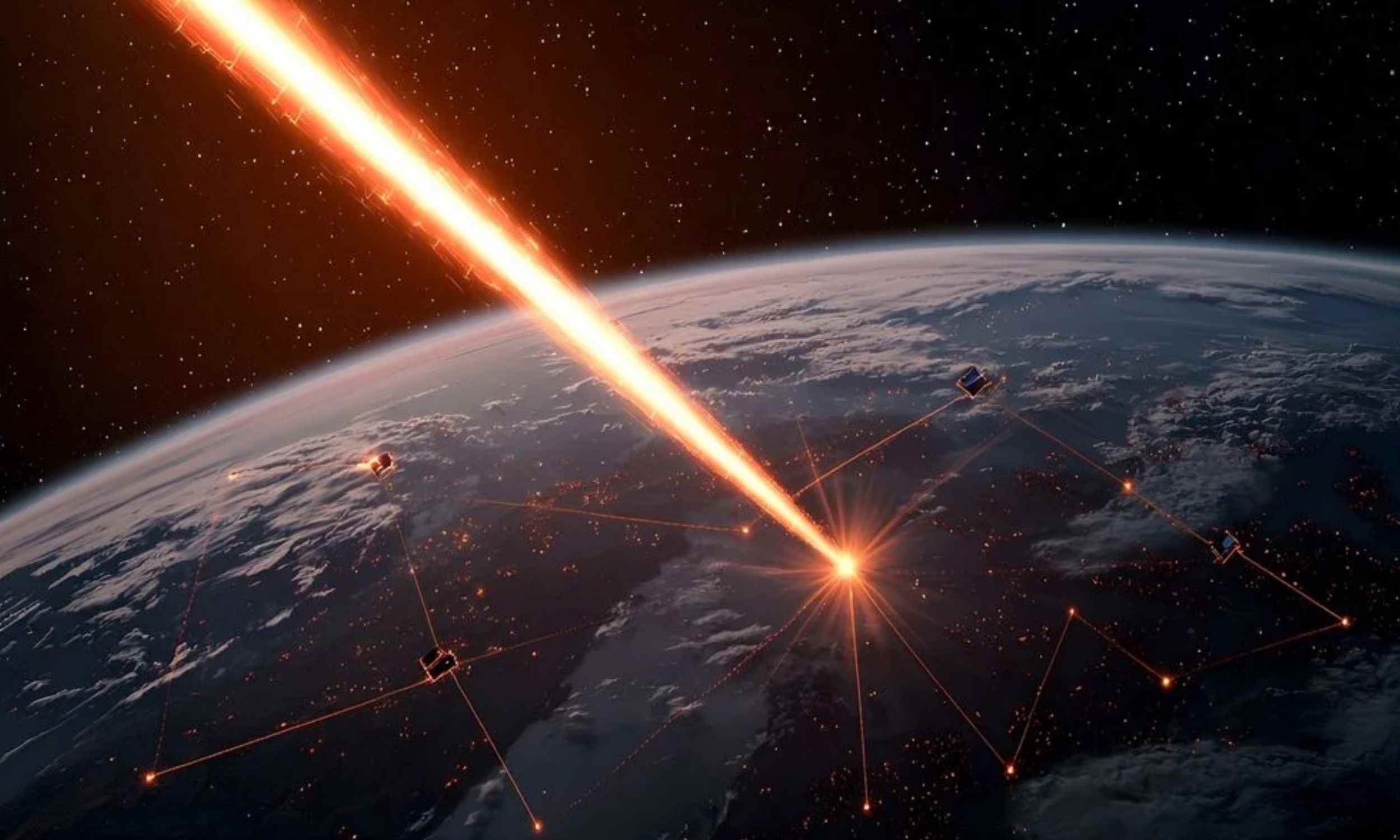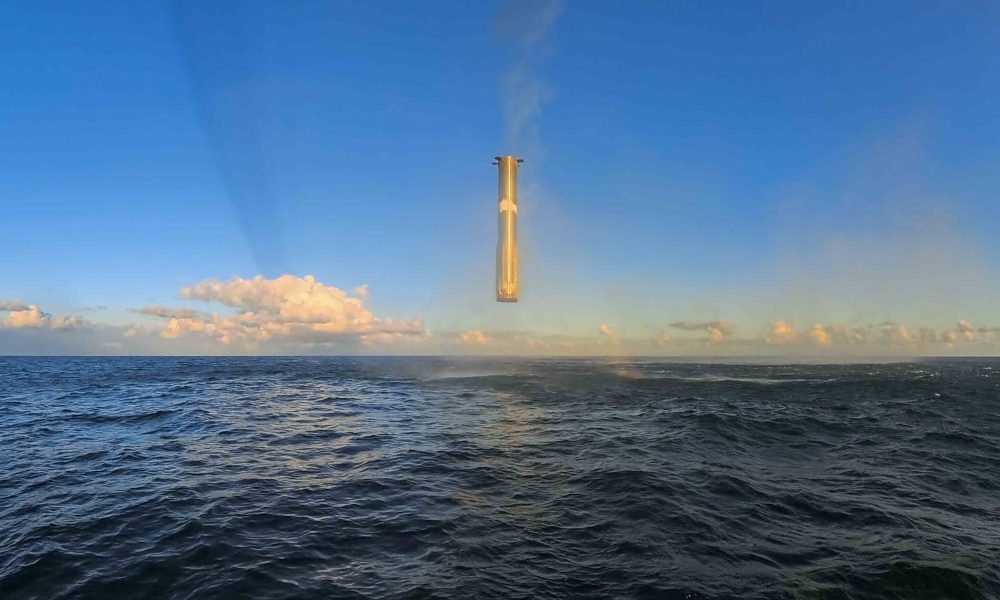Unbelievable New Theory Reveals How the Universe Was Born!

Ever wondered how everything came to be? A groundbreaking new study is shaking the very foundations of our understanding of the universe's birth! Scientists from Spain and Italy are challenging long-held beliefs about the forces that shaped the cosmos just moments after its inception.
Published in Physical Review Research, this study introduces a revolutionary model that could rewrite the story of the universe’s early evolution. Traditionally, the 'inflation' theory has dominated the conversation, suggesting that the universe expanded at an unfathomable speed in the tiniest fraction of a second after the Big Bang. However, this model is laden with complex variables that must align perfectly—an astronomical balancing act!
The researchers' novel approach offers a much simpler explanation: gravitational waves. These elusive ripples in the fabric of space-time, predicted by Einstein’s theory of general relativity, could actually be the driving force behind the formation of galaxies, stars, and even our Earth. This idea is tied to a mathematical concept known as De Sitter space, named after Dutch mathematician Willem De Sitter, who collaborated with Einstein in the 1920s.
Dr. Raúl Jiménez, a co-author of the study and researcher at ICREA in Spain, highlights the significance of this proposal: “For decades, we have tried to understand the early moments of the Universe using models based on elements we have never observed. What makes this proposal exciting is its simplicity and verifiability.” This isn't just a theoretical exercise; it's a bold step toward grounding our cosmic origins in observable phenomena.
But why are gravitational waves so vital? This concept dates back to the late 19th century, when scientists like Oliver Heaviside and Henri Poincaré began unraveling its mysteries. It was Einstein who, in 1916, articulated these waves as tiny disturbances in space-time caused by cosmic cataclysms like supernovae and merging black holes. Despite their faint nature, the LIGO experiment finally confirmed their existence in 2015, marking a monumental leap in our understanding of the cosmos.
The birth of the universe remains one of science's greatest enigmas. While the Big Bang theory prevails, questions linger about what might have existed before that cataclysmic event. As famed astronomer Carl Sagan once said, “The cosmos is within us. We are made of star-stuff.”
This new study invites us to ponder the origins of the universe in a simpler, yet profound way. What other revelations lie hidden in the depths of space? As we continue to explore, remember: every question we ask brings us closer to understanding our place in the cosmos. Keep looking up!











